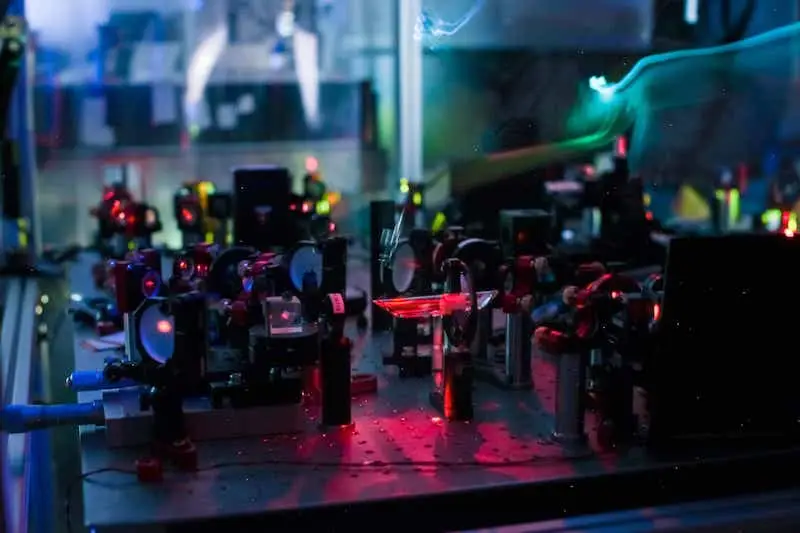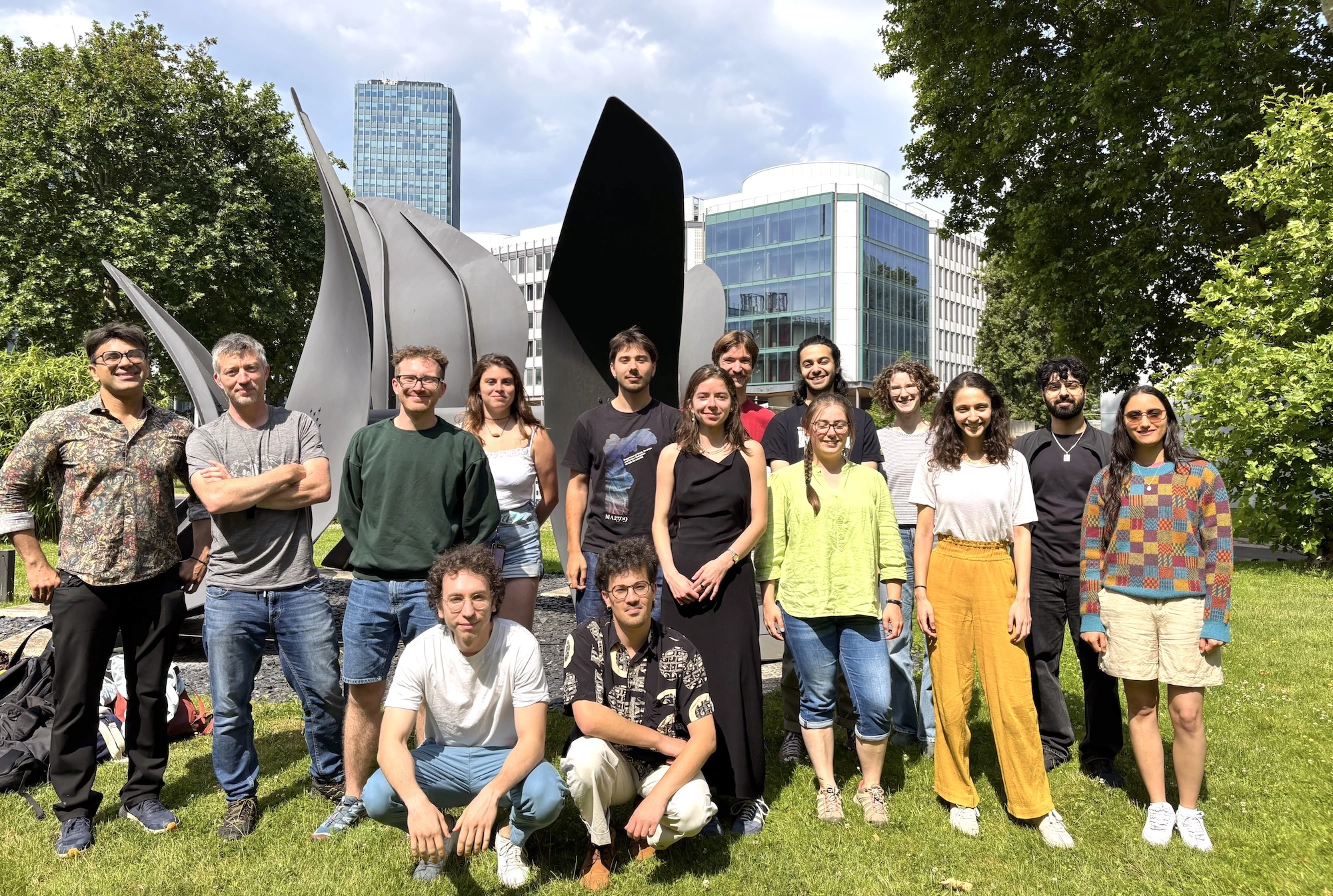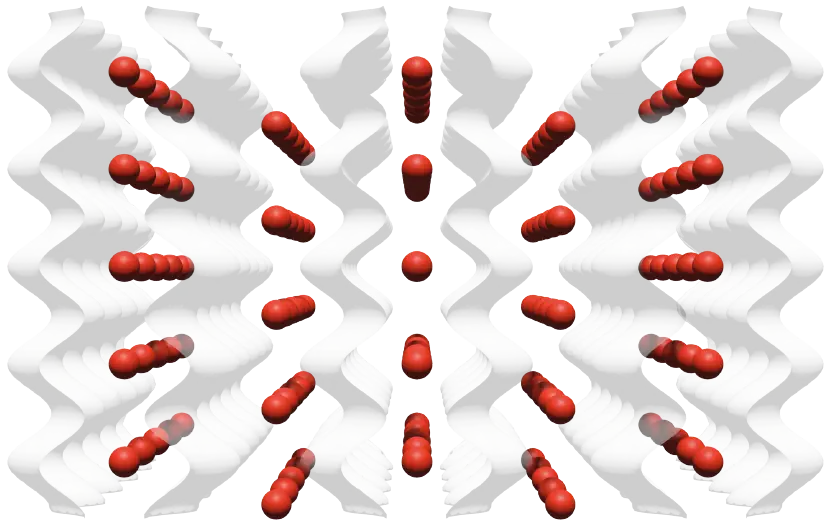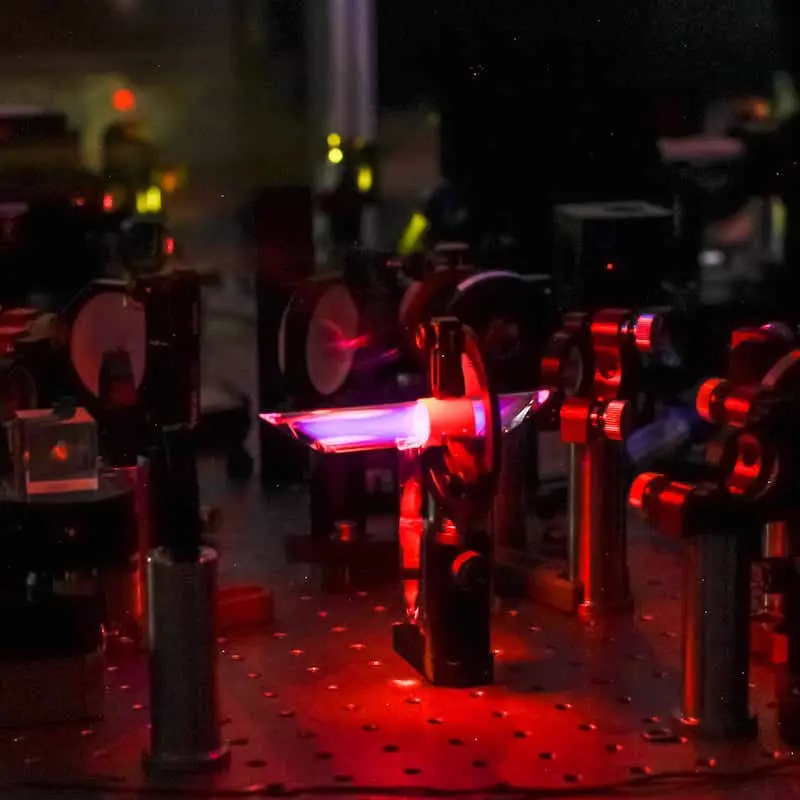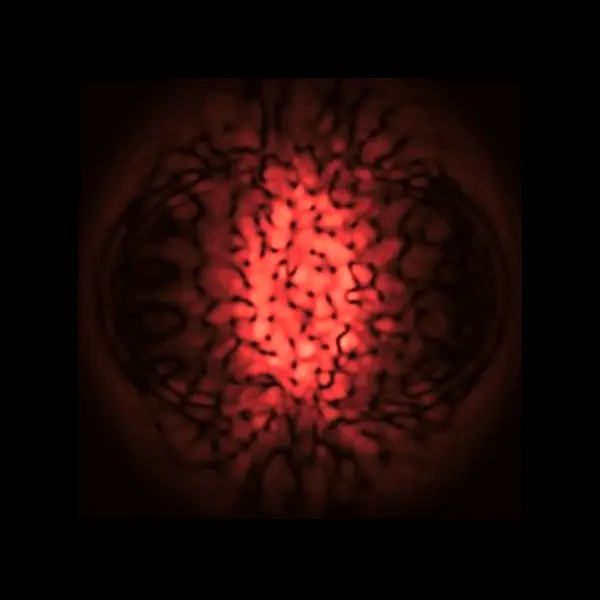Welcome to the QFL Lab at LKB, Paris
Quentin Glorieux
We explore Quantum Optics through the prism of degenerate quantum gases.
Our goal is to mix optics and atomic physics to explore
superfluidity, turbulence and quantum simulation with Quantum Fluids of Light (QFL).
At the intersection of quantum physics and optics, we focus on quantum fluids of light within warm or cold atomic clouds. By probing the novel observables offered by the quantum optics toolbox, we study light at the quantum level and we probe novel phenomena to push the boundaries of our understanding of degenerate quantum gases (BEC).
We are a dynamic research group, at the Laboratoire Kastler Brossel. We explore synthetic photonic materials to answer fundamental physics questions on degenerare quantum gases and develop innovative quantum technologies with light (see Research).
Job Offers: We are looking for talented new PhD students, Postdocs, and Master students to join the team (more info) !
Social Links
Fundings

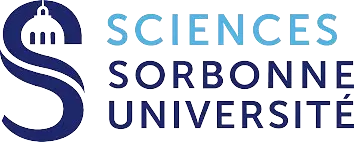

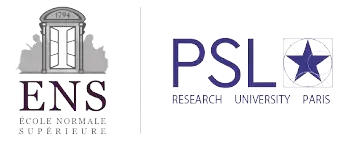


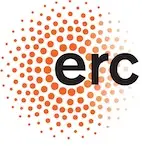
News
-
December 15, 2025
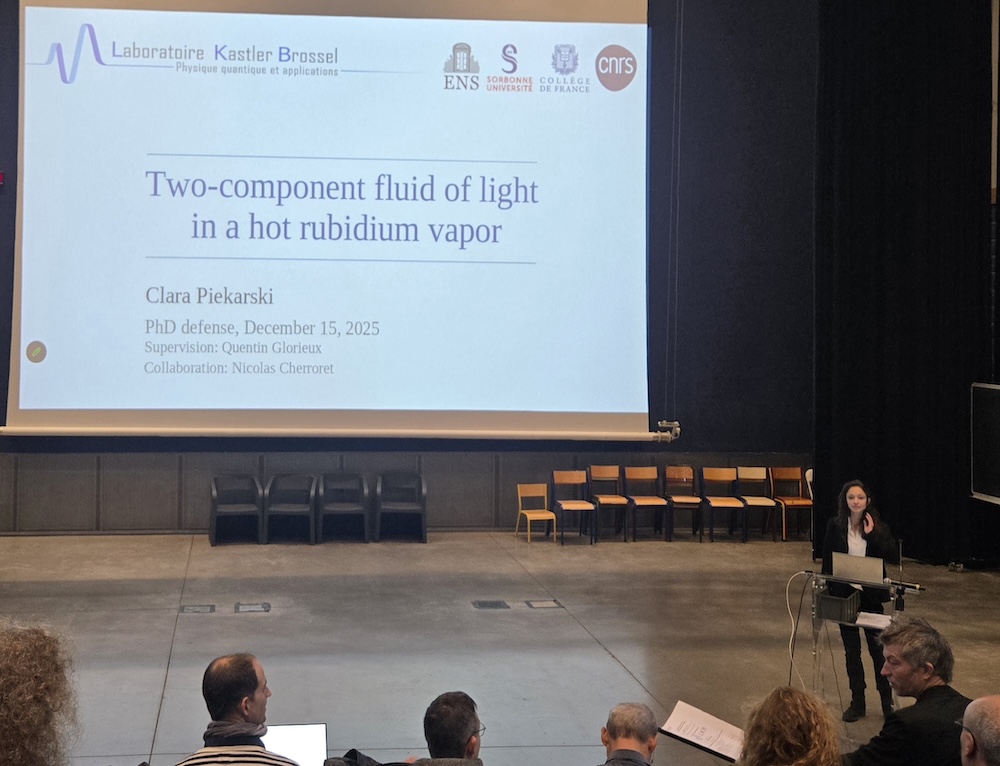 PhD defense — Clara PiekarskiRead more
PhD defense — Clara PiekarskiRead more -
December 12, 2025
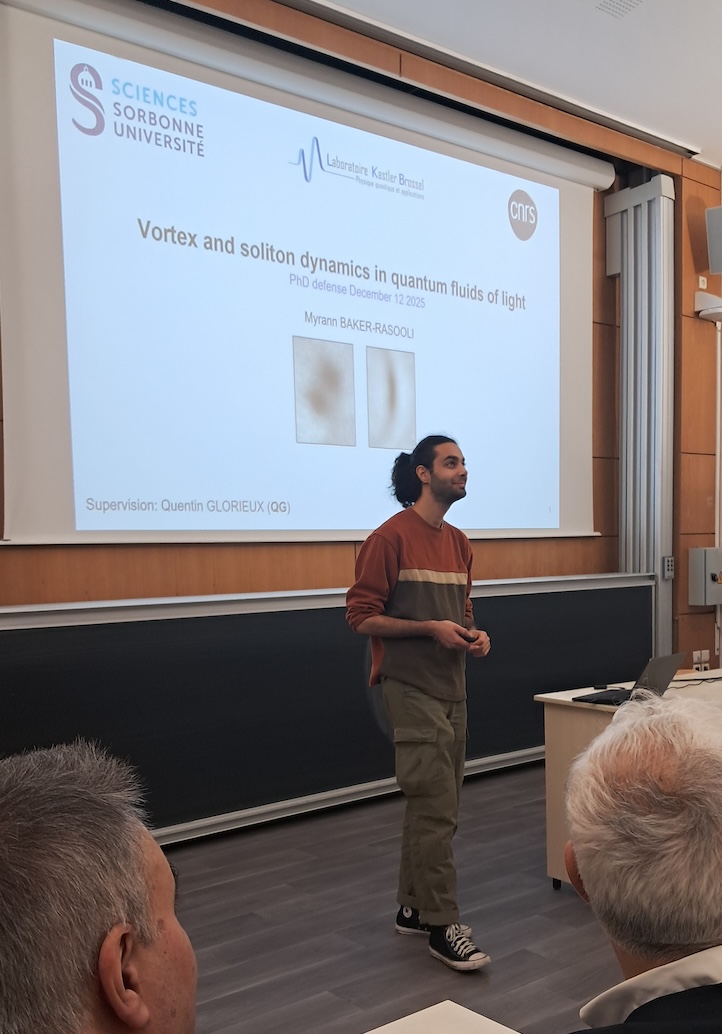 PhD defense — Myrann Baker-RasooliRead more
PhD defense — Myrann Baker-RasooliRead more -
December 11, 2025
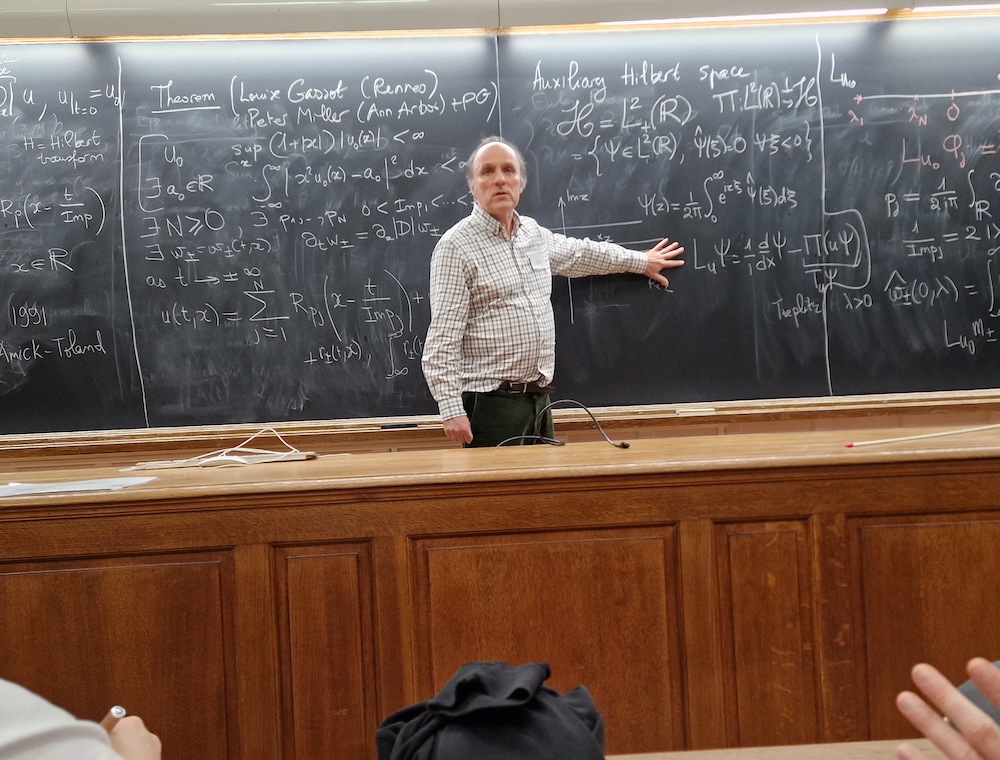 Quentin is presenting at Maths & Physics of Solitons 2025Read more
Quentin is presenting at Maths & Physics of Solitons 2025Read more -
October 21, 2025
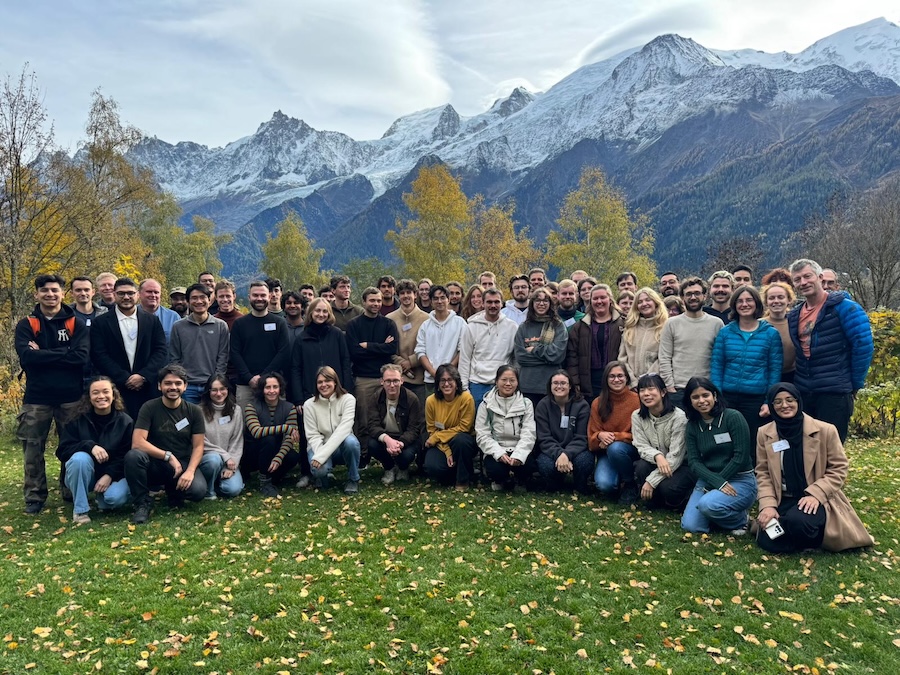 Les Houches School 2025Read more
Les Houches School 2025Read more -
October 20, 2025
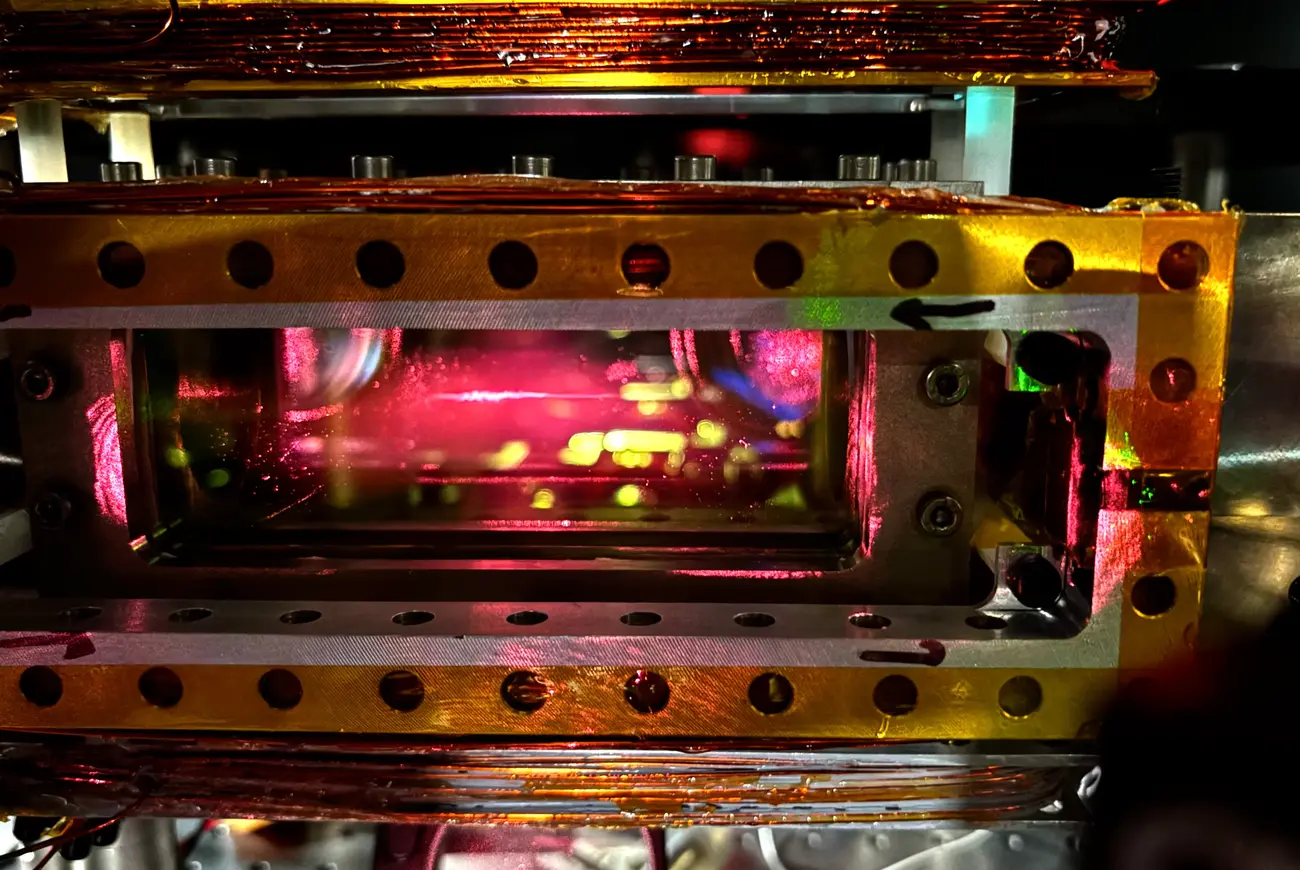 A giant MOT in our new setupRead more
A giant MOT in our new setupRead more -
October 15, 2025
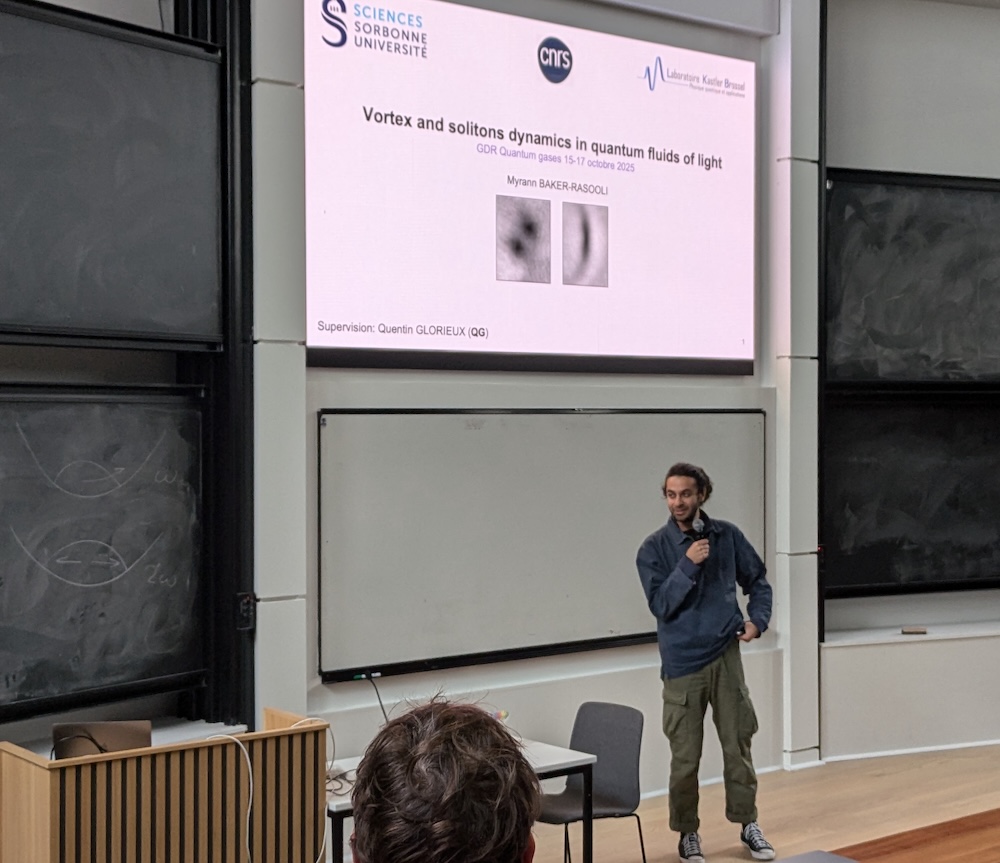 Myrann Baker is presenting his work at GDR Quantum Gases 2025Read more
Myrann Baker is presenting his work at GDR Quantum Gases 2025Read more
